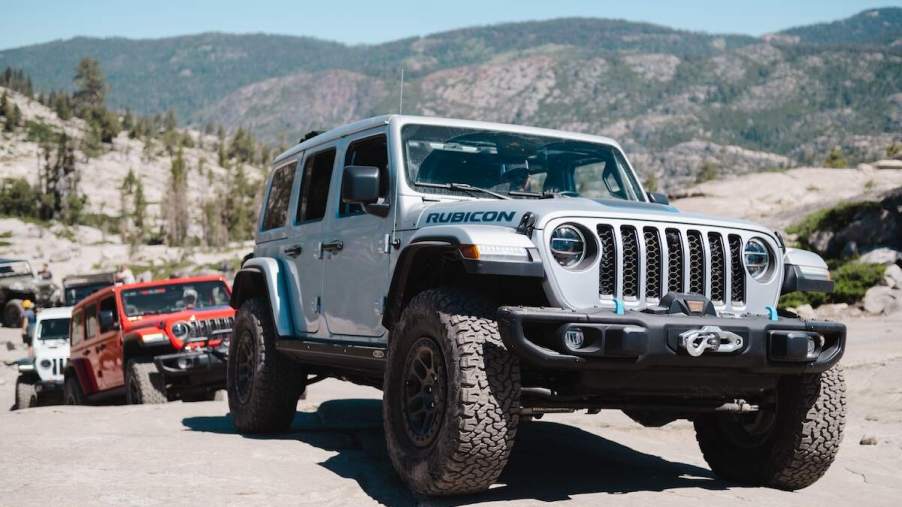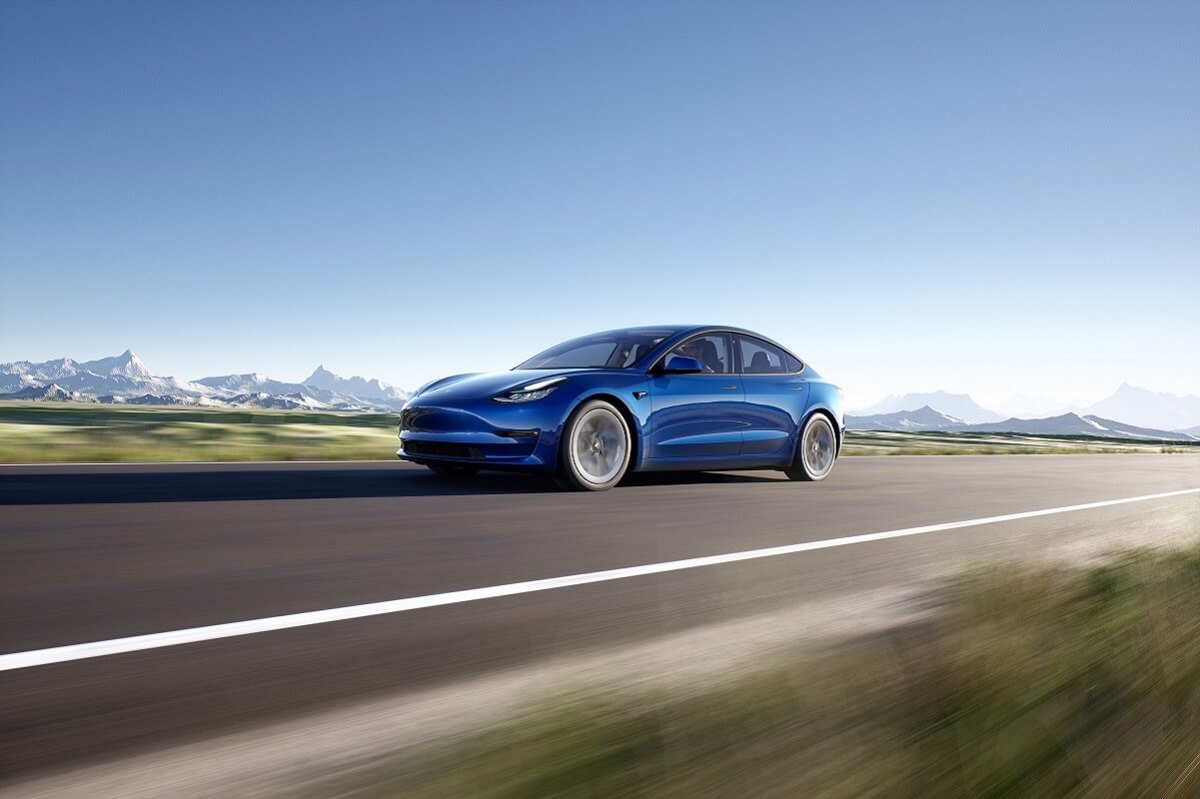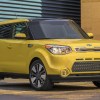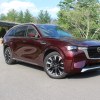
Is the Jeep Wrangler Less Aerodynamic Than a Cow?
Most modern vehicles are aerodynamic, but what about the Jeep Wrangler? Thanks to its boxy body, the iconic Wrangler SUV doesn’t slice through the air as effortlessly as, say, the sleek Tesla Model 3. So, is the Jeep Wrangler even less aerodynamic than a cow?
The aerodynamics of a Jeep Wrangler versus a cow
Legendary for its rugged off-roading prowess, the Jeep Wrangler isn’t exactly the poster child for aerodynamic vehicle design. Its boxy shape is wildly different from the sleek lines associated with aerodynamically optimized cars. Enter the cow, an animal not exactly renowned for its aerodynamics or speed. It’s a classic case of comparing the seemingly incomparable.
In the realm of aerodynamics, drag coefficients are crucial metrics. A lower drag coefficient implies better aerodynamic performance. A cow has a drag coefficient of approximately 0.5. On the other hand, the Jeep Wrangler has a drag coefficient of around 0.454. The Wrangler’s drag coefficient is lower than that of a cow, meaning this SUV is slightly more aerodynamic than a cow, even if they are shaped similarly.
Aside from its boxy body, a cow has hair, which also changes how it moves through the air. If that hair is long and bushy, the flow of air around the body would be more chaotic and turbulent. So, this wake’s roughness makes it harder to move through the air and makes aerodynamics less efficient.
Of course, the Jeep Wrangler isn’t built with aerodynamics in mind. The very aspects that make this beloved SUV less aerodynamic are the same that allow it to tackle challenging terrain. Large tires and high ground clearance make it an off-roading champ, and in that regard, the Wrangler excels. After all, how many cows have you seen climbing over rocks and tree roots with ease?
Aside from the drag coefficient numbers, the Wrangler beats the cow in speed, too. That is unless the bovine is riding in a trailer behind a faster car.
What is the most aerodynamic car shape?
The most aerodynamic shape in nature is a teardrop. It’s the most aerodynamic for speeds under the speed of sound. A teardrop has a rounded nose that tapers to a narrow, pointed tail and allows for smooth airflow over the surface, reducing drag. The teardrop shape also has a low-pressure drag because it gradually tapers to a point.
Cars that cut off the rear point have slightly more drag, but models that closely adhere to the teardrop shape are among the most aerodynamic vehicles.
What vehicles are the most aerodynamic?

In the modern automotive world, the quest for aerodynamic excellence has birthed vehicles like the Tesla Model S and Model 3. These electric marvels sport designs that mimic the streamlined teardrop, allowing them to cut through the air with minimal resistance. These EVs’ drag coefficients are a testament to the advancements in aerodynamic engineering, showcasing numbers as low as 0.23 for the Model S, CarWow reports.
Although we won’t likely see a Jeep Wrangler and a cow compete in any race, this comparison underscores the importance of vehicle design. Aerodynamics is essential in cars because it can improve safety, stability, and fuel efficiency.


